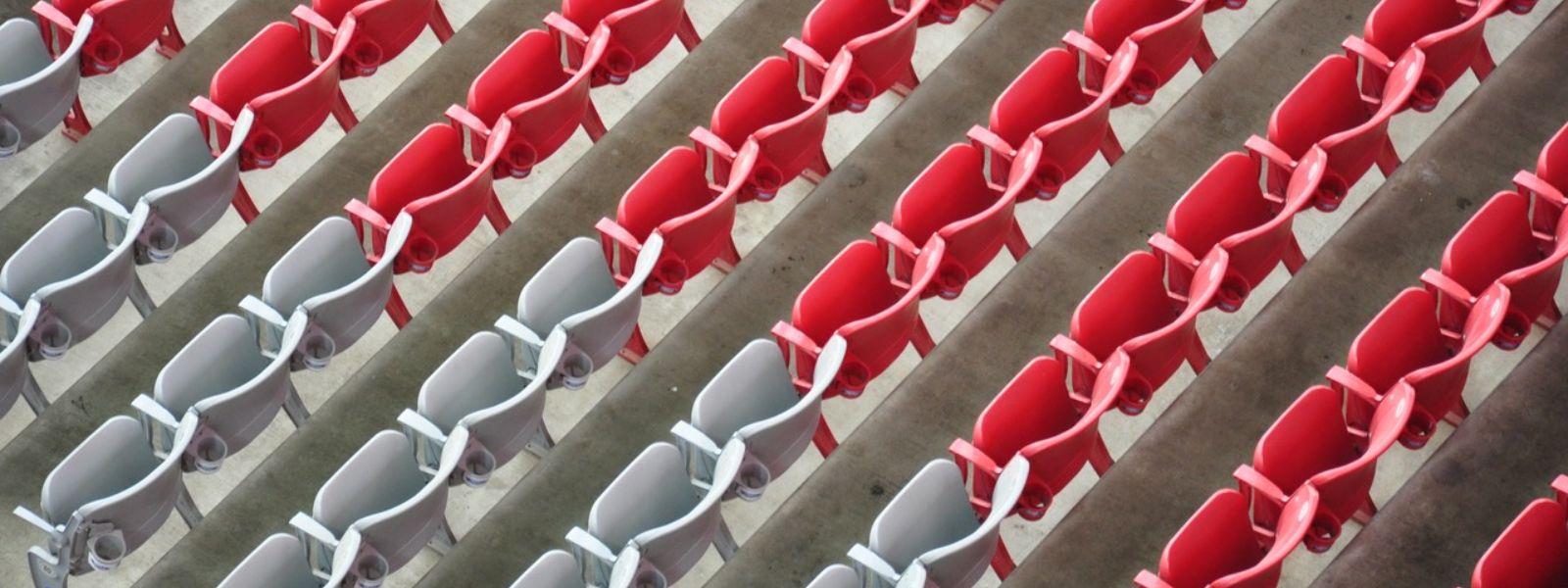As I drove along the country roads of Southwestern Missouri, I couldn’t help but notice the painted hand-made “Good Food” signs which began popping up on fence posts. These road signs pushed my imagination into high gear and visions of “Deliverance” to “Ma and Pa Kettle” began swirling around in my head, and the thought of a big greasy hamburger with piles of French fries falling off the sides of the plate, set my stomach to churning. I had to stop.
The inside of the Greasy Spoon, although furnished in 1950’s style tables and chairs, a few metal corn fertilizer advertisements hanging on the walls, I failed to see the correlation between food and fertilizer, but the place was spic and span clean and the few patrons sitting at the tables all offered a friendly smile.
I finished ordering my food then went to the restroom to wash up and that’s where I saw the old black and white photos of men playing the game of cork ball hanging on the hall way walls leading to the restrooms.
“Where were those pictures taken,” I asked the bartender.
“Right out there,” he said nodding towards the back door.
I was astonished at what I saw as I peered through the foggy glass panel of the door and couldn’t wait to go outside for a clear view. Stepping out into the sunlight I saw the predecessor, the grandfather if you will, to the modern day net batting cage.
It was a Cork Ball facility and it looked brand new. I hadn’t seen one of these facilities since I was a very young man, many decades ago, and had completely forgotten they existed until today.
On that issue, there are probably many of you who have no idea what I’m talking about, so let me explain the game of cork ball.
Cork ball was played between two opposing teams and the rules and goals were similar to baseball, as far as counting runs, outs and innings. The teams consisted of three players each, the pitcher, catcher and outfielder.
The game was played inside a large netted area, similar to today’s modern batting cage. There were many different versions of how the game was played, depending on location, but the most familiar rules were as follows:
1. The defense consisted of a pitcher, catcher and outfielder. The catcher wore a catcher’s mask and used a regular baseball glove to catch.
2. A pitching rubber was set at a specific distance from the plate where the pitcher followed the same rules as a baseball pitcher.
3. The outfielder played behind the pitcher, remember this is a tunnel shaped stadium. If the outfielder caught a fly ball or line drive, it was an out, if he fielded a ground ball, it was a base hit, miss a ground ball and it was a double, a ball hit over his head, depending where the ball struck the back wall, was a triple or home run.
4. The batter was allowed 1 strike, a swing and miss or a called strike by the umpire which constituted a strike out. Two balls, constituted a walk and a foul ball followed baseball rules.
The equipment, the bat and ball, is what made the game unique and very special.
1. The bat was @ the same length of a baseball bat, but more like a thick broom handle in size and hitting surface. ( perhaps the ancestor to today’s fungo bat. )
2. The ball resembled a miniature baseball, made of cow hide with seams, but much smaller than a regular baseball.
The speed in which a pitcher could throw a cork ball, the narrow hitting surface of the bat and the fast pace of the game, made it a very popular sport of older men, beyond their high school playing days.
Cork ball leagues sprang up everywhere with the most popular playing areas being adjacent or along side a tavern or bar. The roar of fans, sitting on bleachers, the glare of the lights and the sound of clinking beer bottles were heard late into the night on Friday or Saturday.
The game had been an American icon, played with fierce rivalries and filling the coffers of the tavern’s owner. I have no idea what lead to the sports demise, perhaps us becoming couch potatoes, but it held a significant place, for awhile, in American sports history.

